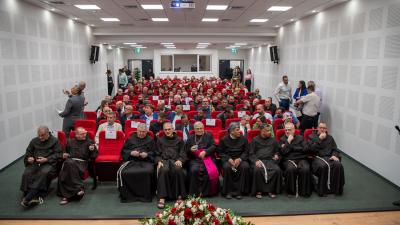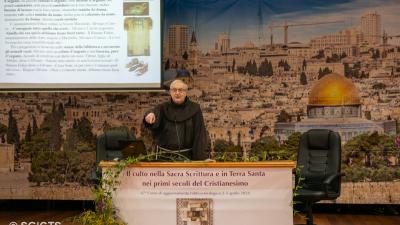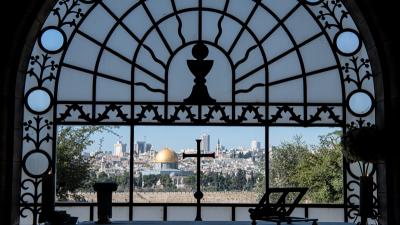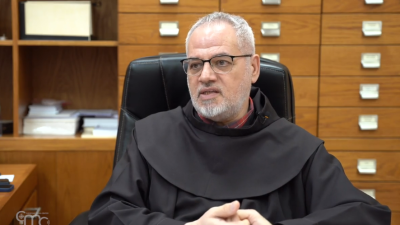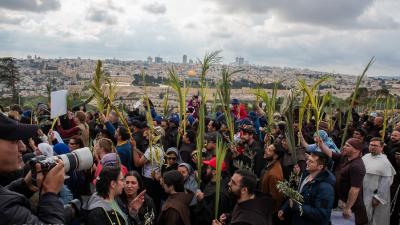
The Church is a Body with one head, which is Christ. When a Christian community is in need, all the members of the Ecclesial Body move to its aid. The Good Friday Collection with which, for centuries, Christians around the world have been doing their utmost for the presence of their brothers and sisters, in the land of Jesus, is the most important of the Catholic Church. It founds and explains the very meaning of charity.
Br. Narciso Klimas, historian and archivist of the Custody of the Holy Land, explains the history and the evolution of the Collection for the Holy Land, that involves the whole Church. Especially in this year it becomes decisive for the preservation and protection of the Custody's works in the Holy Land.
“The earliest document we have, which speaks of the collection made for the Holy Land, is from 1455: the Papal Bull from Callistus III, who gave permission to the friars of the Custody to travel to different countries and collect money for the holy places. This, I could say, is the first one ever that talks specifically about collecting money for the Holy Land, then along the centuries we have different Bulls, from other popes like Urban VIII and then Pius VI.”
“The indication to make the Collect on Good Friday comes only in the nineteenth century, and it is also specified that the offerings made from the collections in the different churches should be given to the Commissioners of the Holy Land, who should then bring them to the Holy Land itself. For the Custody ultimate concrete indications are those of Paul VI’s Bull “Nobis in animo” which specifies how the Collection should be done and for what purpose.”



